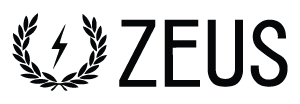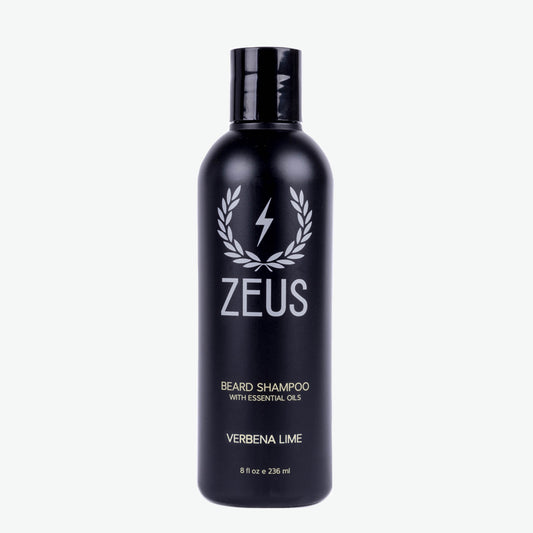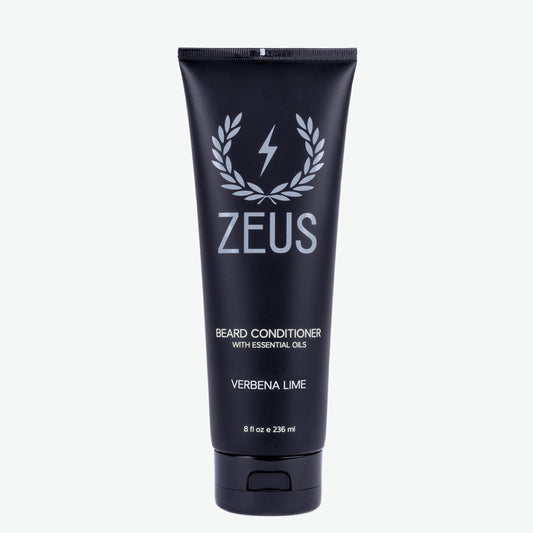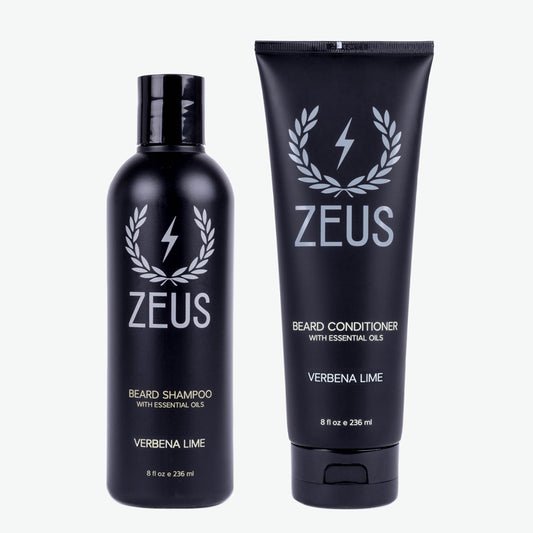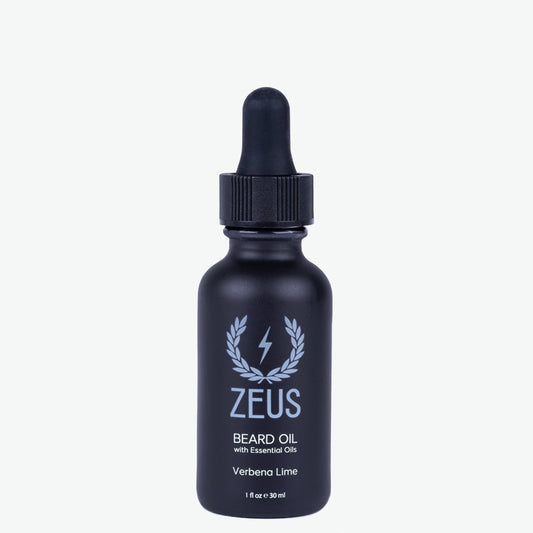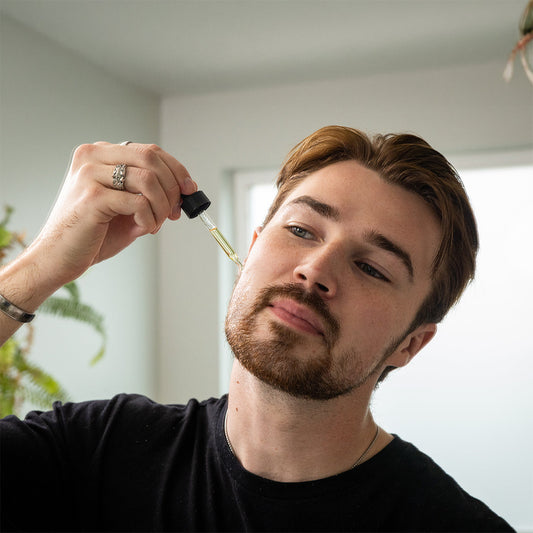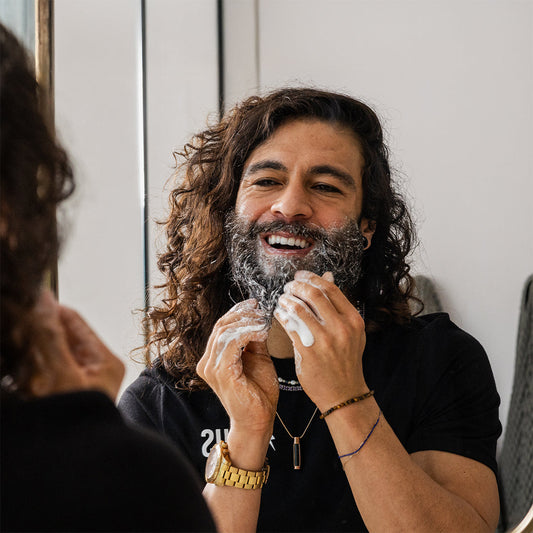
4 INGREDIENTS TO AVOID IN BEARD GROOMING PRODUCTS
Share
Have you ever flipped a skin or beard care product around, trying to make sense of what all the ingredients are? Us too. That’s part of the reason we created Zeus – to make products that are sourced from nature whenever possible.
While we would never use the following ingredients in our beard care, it’s important to be aware of them in any other grooming products you use. These ingredients are extremely common in everything from drugstore finds to luxury brands.
Here are 4 ingredients you need to avoid:
Sulfates
Would you use your engine degreaser to clean your beard? Probably not. But many grooming products, especially shampoos and beard shampoos, contain sulfates, which are industrial degreasers.
Health concern
These chemicals are far too strong for your beard and skin, stripping both of vital moisture and sebum (the natural nourishing oil produced by your skin). However, they continue to be used in products because they produce a bubbly lather that we’ve been conditioned to associate with a proper clean. Don’t be fooled. A beard shampoo does not need to produce foam to remove dirt and oil. Our Zeus Beard Shampoo cleanses with natural ingredients like Coco Glucoside (from coconuts and sugar) and Sodium Lauroyl Sarcosinate (an amino acid).
What to look for on the label
Sodium laurel sulfate and sodium laureth sulfate.
Phthalates
Phthalates are chemicals used to soften plastics. You’ll find them in food packaging and vinyl flooring, as well as backpacks and personal care products. Since 2009 phthalates have been banned from children’s toys.
Health concern
They mess up your hormone levels, leading to issues like infertility, decreased sperm count, abnormal sexual development, and birth defects.
What to look for on the label
DMP (dimethyl phthalate), DBP (di-n-butyl phthalate), DEP (diethyl phthalate), DEHP (di-(2-ethylhexyl) phthalate or bis (2-ethylhexyl) phthalate), and BzBP (benzylbutyl phthalate).
Formaldehyde
Not just limited to preserving medical specimens and dead bodies, formaldehyde turns up in grooming products as a preservative.
Health concern
Formaldehyde has a long list of side effects, including heart palpitations, dizziness, allergic contact dermatitis, hair loss (bad news if you have a beard), and last but certainly not least, cancer.
Manufacturers typically won’t list formaldehyde in the ingredients list. Instead, they’ll include formaldehyde releasers, ingredients that produce formaldehyde.
What to look for on the label
Formaldehyde, quaternium-15, DMDM hydantoin, imidazolidinyl urea, diazolidinyl urea, polyoxymethylene urea, sodium hydroxymethylglycinate, 2-bromo-2-nitropropane-1,3-diol (bromopol) and glyoxal.
Paraffin/Petroleum jelly/Mineral oil
Petroleum jelly, also labeled as paraffin or mineral oil, coats your skin with a thin layer of oil that acts as a barrier against moisture loss and microorganism growth. Petroleum also extends shelf lift, making it a popular ingredient in skincare products.
Health concern
The downside is that this same film prevents pores from breathing and skin from releasing sebum (which moisturizes your beard). Mineral oil decreases the effectiveness of other products you apply on your beard because you aren’t able to absorb them.
Plus, petroleum doesn’t actually moisturize your skin – it just sits on the surface, making it appear healthier.
When it comes to long-term health risks, refined petroleum is actually safe. However, in the US petroleum is often not fully refined, meaning it can be contaminated by toxins called polycyclic aromatic hydrocarbons (PAH), a class of carcinogens linked to cancer.
What to look for on the label
All types of petroleum except for white petroleum (fully refined petroleum).
